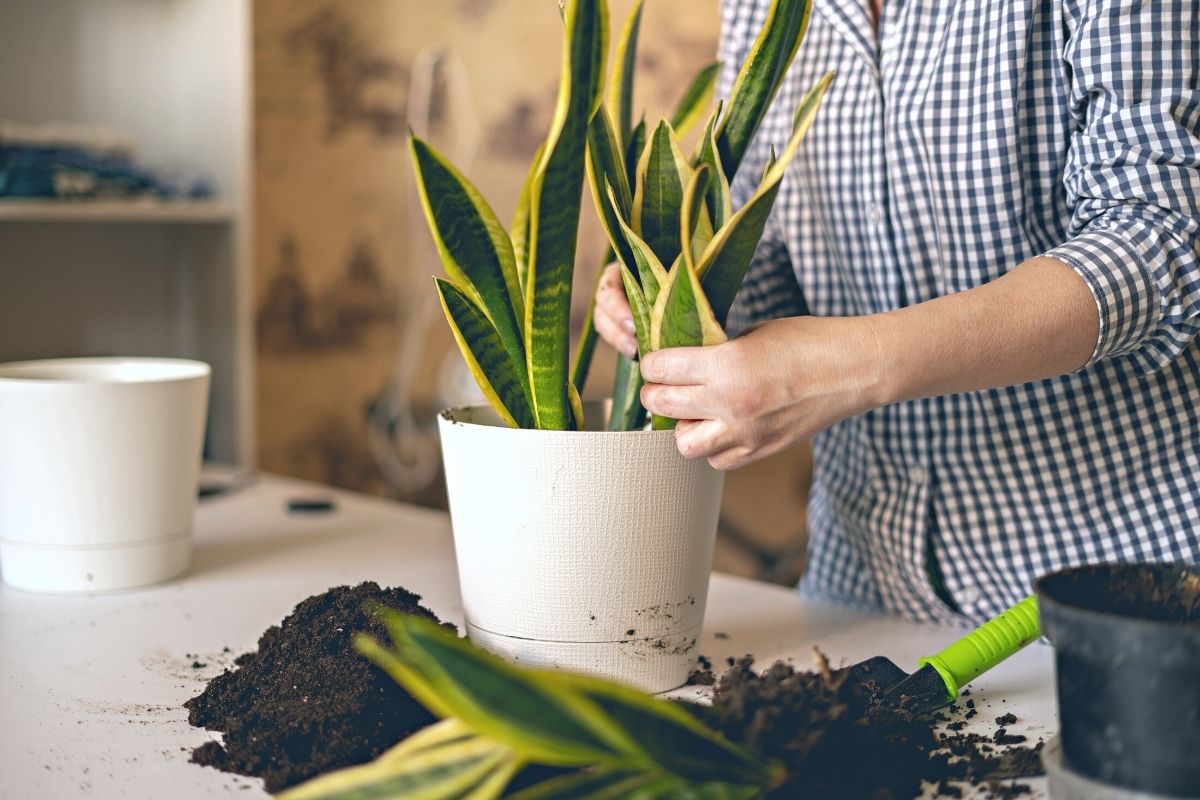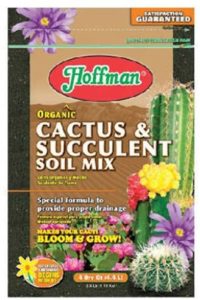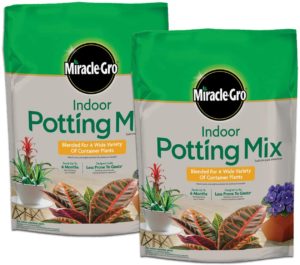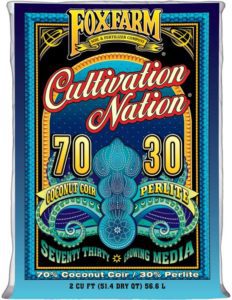Snake plants (Sansevieria plants) are one of the most popular indoor plants on the market. Acquiring cute nicknames such as the mother-in-law’s tongue, the tall, upright leaves are highly sought after by indoor gardeners.
Most often, they are chosen for their ease of growth, making it a great plant for someone who is a beginner at growing plants.
The best part? They thrive as potted plants. These plants are not fussy and can easily grow in a wide range of conditions with minimal care.
But since any plant parent would not just want their plant to survive, but to thrive, it’s helpful to understand that one thing that matters most in snake plant care is the type of soil you use. This article will outline the best soil for snake plants so that yours can live a long, vibrant life.
What kind of soil for snake plant is needed?
Snake plants grow naturally in tropical western Africa. They are hardy plants that grow well in the rocky, arid desert soil and are known to be easy houseplants to care for.
Snake plants thrive in a wide range of light conditions, from full sun, to indirect light, to low light equally. They have been known to keep the air around them clean by removing toxins.
However, this easygoing plant has specific needs when it comes to the soil.
Having the correct soil mixture will lead to healthy snake plants, as they are prone to overwatering and damage such as root rot. Any regular bag of garden soil might not be beneficial to your snake plant. The best option is to either buy or create the ideal soil mix.
Here is what to look for in a good snake plant soil:
- Adequate drainage. Snake plants are succulents, a relative of the cactus. They are able to store water in their thick leaves. They are also excellent container plants to keep in your home. Due to this, they are susceptible to root rot and hate having “wet feet” sitting in water for too long. To avoid this problem, a free draining soil is ideal. You can select a commercial ready-made potting mix for cactus or succulent plants or make your own. Make sure your pot has enough drainage holes to allow water to pass through.
- Nutrient-rich. Plants get their essential nutrients from the soil they are in, so it makes sense that a plant will suffer if it does not get the right nutrients. The best fertilizer for snake plants is a portion of all-purpose plant food in the growing season (warm weather) when the plant is actively growing. However, they don’t need a lot of fertilizer and will do fine without it. Materials such as coconut coir, peat moss, or compost all add nutrients to the soil naturally but be mindful not to add too much.
- Aeration. You will want to choose a loose-packed soil for snake plants that allows nutrients, air, and water to flow through easily. Snake plants are native to the rocky soil of Africa, and like to dry out between watering. The best soil mixture should contain materials like clay, gravel or sand/perlite to allow for air to circulate.’
Read more: how often to water a snake plant
Signs that your snake plant is in the wrong soil
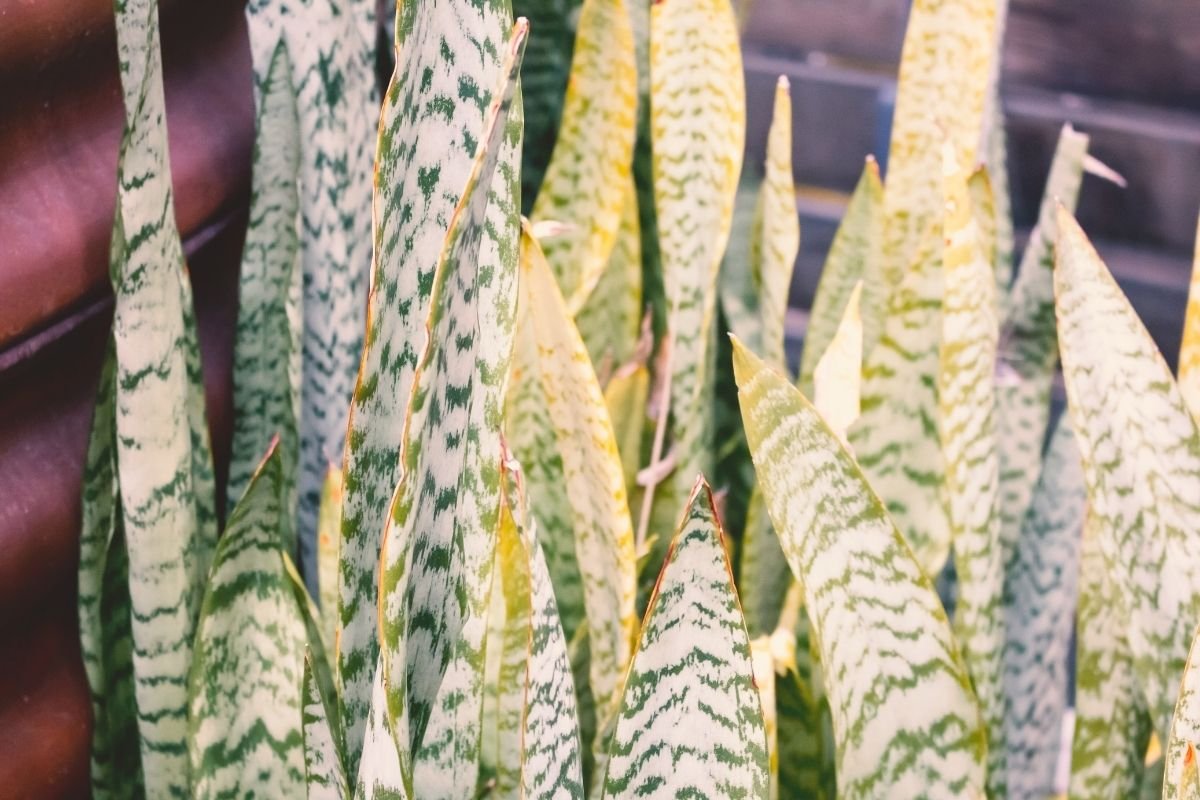
Most commercial potting soil mixes are manufactured to hold in as much water as possible for as long as possible.
Many of them boast on the bag that they keep the plant moist for longer!
Many plants do fine in this type of regular soil. However, this is not what you want in soil for snake plants.
Snake plants naturally store water in their leaves and can go longer without a lot of water. They don’t like to sit in water or be constantly wet. Common garden soil is also not ideal for an indoor snake plant; garden soil does better in outside gardens.
If you happen to be using one of these types of soil, monitor your plant for these signs of a problem. Repot snake plants that are affected with one of the different soil mixes I outline later in this post, if necessary.
If you notice any negative changes to the tall, patterned foliage or roots, you may consider switching to a good cactus mix or succulent mix for your soil.
Here are some common ways to tell if your plant is in the wrong soil:
- Plant growth. Snake plants do not grow particularly fast, but if you notice that it suddenly has stopped growing or isn’t growing as much as in previous years, lack of nutrients in the soil may be to blame. Consider switching to a planting mix that is better for snake plants or top off your pot with some fresh cactus soil.
- Roots are brown and mushy. With moisture-rich potting soil, overwatering can become a problem and lead to root rot. An infected root ball is a major problem and will kill your plant. Monitor the plant’s root; healthy roots are normally white in color. If they turn brown and mushy you may need to change the soil.
- Leaves are drooping or discolored. If your normally upright snake plant is starting to droop over, or the leaves are brown or yellow, your plant may be getting too wet from incorrect potting soil. These are common signs from overwatering, which is easy to do if your potting mix holds in water.
Best snake plant soil mixture
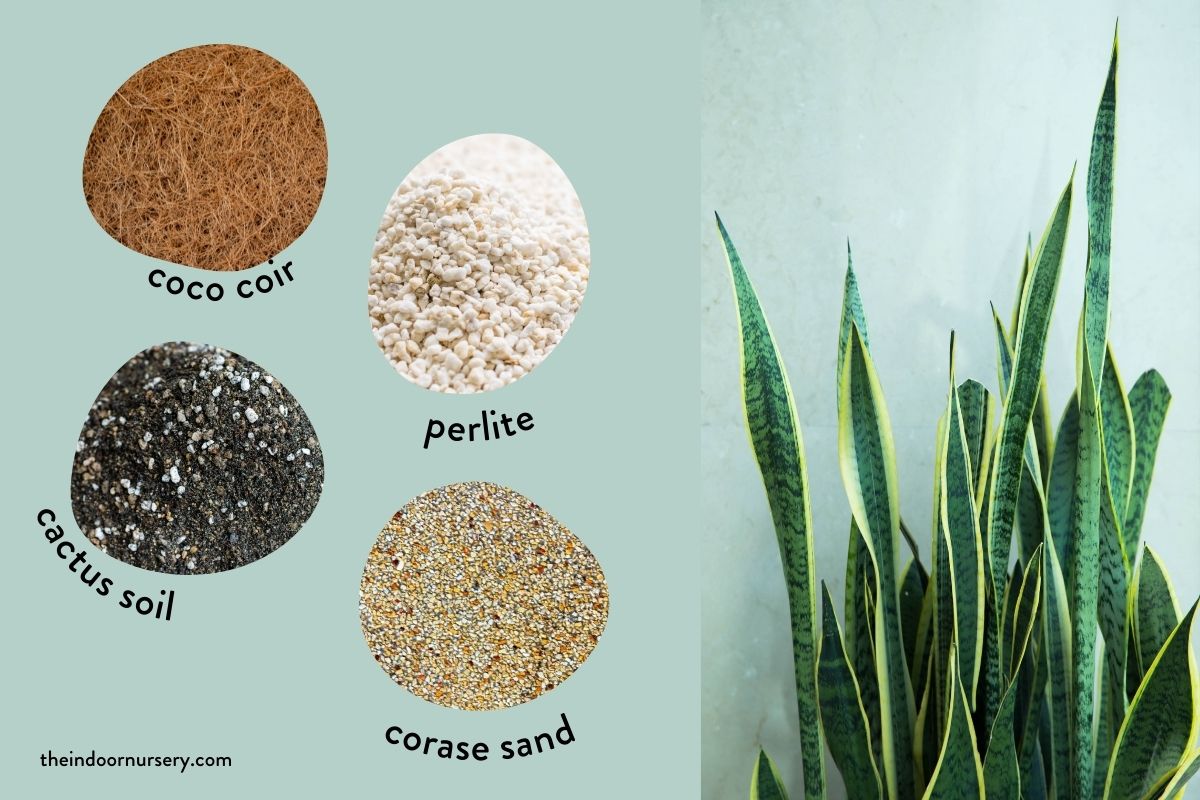
Luckily, creating the best soil for snake plants is not incredibly difficult. If you would rather make your own mix, I have found these two recipes to be the best soil mix that will provide essential nutrients and necessary moisture to support snake plant growth.
Either one is considered the right soil mix for sansevieria plants:
Snake plant soil mix #1:
- 3/4 part organic potting soil (made for indoor plants)
- 1/4 part of succulent soil mix (or cactus mix works well too)
- A handful of compost (worm compost is excellent)
Snake plant soil mix #2:
- 1/4 part potting soil (indoor mix)
- 1/4 part peat moss or coco coir
- 1/2 part perlite / coarse sand
The first mix is pretty straightforward, simply mix the organic potting soil with the succulent soil mix and add in the compost to boost the nutrients. Do not add an excessive amount of compost as too much will hold moisture for longer and can be bad for your snake plant’s health. Worm castings are a great choice with many beneficial nutrients and will also help aerate the soil. Worm castings have the added benefit of repelling unwanted pests, such as spider mites and aphids.
The second mix will also work well, mix together the potting soil and peat moss (or you can use coconut coir) and then mix in the perlite or coarse sand. That will make the soil nutrient-rich and thanks to the sand or perlite mixed in, will help with good drainage…
… which is what the snake plant prefers most.
Be mindful of what kind of pot you use for your snake plant, or when planning on repotting snake plants. A plastic pot will hold in more water, not allowing it to evaporate. Because of this, a plastic pot is not recommended for snake plants.
If you are currently using plastic pots, you may want to consider repotting snake plants into a more suitable home. A good choice for pots is a terracotta pot that will allow water to evaporate through the walls of the pot itself to help with water drainage. Also, be sure your pot has sufficient drainage holes to allow excess water to drain out.
Best soil for snake plants that you can buy online
If making your own soil mix sounds daunting, there are some commercial mixes on the market that can be used and still provide the best soil for snake plants. The most important thing to look for in soil is well-draining, aerated, and nutrient-rich. A cactus soil or succulent soil is a good choice, as long as it is a well-draining soil mix.
You also want to consider using an indoor potting mix for your plants that stay inside. Below are some suggestions for the best snake plant soil mixes on the market:
- Miracle-Gro Cactus, Palm and Citrus Potting Mix – This is a cactus soil that also works as a good snake plant soil. It contains peat moss, composted forest humus, and sand with perlite, which are all the elements of the DIY mix in a convenient, ready-made, low-cost bag.
- Bonsai Jack Succulent and Cactus Soil – This soil has rave reviews for how well it works for succulents. It is created to mimic the natural environment (clay and volcanic rock) of the plants and drains quickly so the danger of root rot is greatly reduced. It also has an optimized soil pH of 5.5, which is a more acidic soil, ideal for these acid loving plants. Some reviewers mentioned that they mix it with a bit of indoor potting mix for the best results, as this soil does not contain peat moss or compost, both of which contain valuable nutrients. This brand can be ordered from the Bonsai Jack website.
Common questions about snake plant soil
Can I use succulent/cactus soil for snake plants?
Absolutely, succulent soil can be a suitable choice for snake plants. Both snake plants and succulents thrive in well-draining soil. Succulent soil typically contains a mix of organic matter and gritty materials like sand or perlite, ensuring that water doesn’t sit around the roots, which is crucial for snake plants. However, it’s essential to ensure the succulent soil isn’t too gritty, as snake plants still need some moisture retention for optimal growth
Read more about snake plants
- How Often To Water Dracaena (Including Snake Plants)
- How To Save An Overwatered Snake Plant
- Growing Dracaena Marginata: Care Tips
- Best Soil For Snake Plants That Will Keep Them Happy
- Snake Plant Care: how to keep them happy
- How To Choose The Best Snake Plant Fertilizer
- Snake plant root rot (and how to save it)

